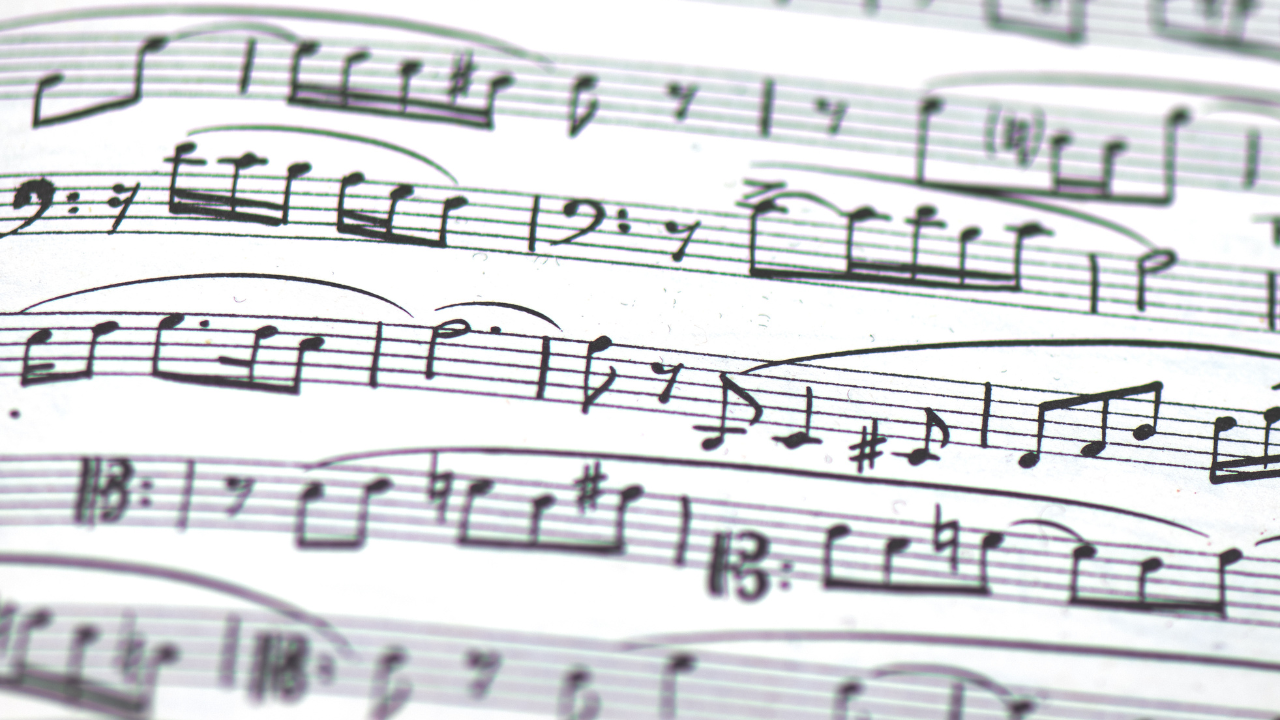7 Popular Music Theory Concepts Explained - What do These Musical Terms Mean?

Music theory is a beautiful thing. It unites the seemingly random notes of your favorite song, clarifies why that chord progression always feels so satisfying, and shows you how to play those same chord progressions on the piano or guitar. But the intimidating world of music theory can be tough to understand. That’s where terminology comes in handy. Even if you’re not a musician or music student yourself, knowing some of these common music theory terms can help you explain what you hear to friends and family who may not be as knowledgeable as you are.
In this post, we’ll go into details about 7 popular music theory terms that are used often in discussions surrounding musical studies and composition; helping you understand exactly what they mean.

Chord progression
A chord progression is a pattern of musical chords that repeats in a piece of music. Chord progressions are an important part of music composition, as they can create a sense of movement, tension, release, and resolution. Progressions can be created using any combination of chords, but some progressions are more common than others.
Major scale
The major scale is the most common scale in all of Western music. It consists of seven notes, each separated by a whole step. The first, third, and fifth notes of the scale are called the tonic, subdominant, and dominant, respectively. The tonic is the note that the scale starts on, while the subdominant and dominant are the fourth and fifth notes of the scale. The major scale is used in many different genres of music, from classical to pop.

Minor scale
The minor scale is a musical scale with seven notes in it, just like the major scale. The minor scale is typically used in works that convey sad or somber emotions, as its sound is often seen as more melancholy than the major scale.
Interval
An interval is the difference between two pitches or chords. It is generally measured in cents, with 100 cents to a semitone. Intervals can be either harmonic or melodic. Harmonic intervals occur when two notes are played simultaneously, while melodic intervals occur when two notes are played in succession.
Perfect fifth
The perfect fifth is the musical interval that spans five semitones. It can be found between the root note and its octave, which creates a major chord. A perfect fifth relationship is also used to create minor chords, too. This interval is commonly used in jazz, blues, and rock music as well as classical music.
Perfect fourth
The term “perfect fourth” is also used to describe any musical interval that is four steps in size from one note to another note. Example: the note F is the fifth semitone above C and there are 4 positions that separate C and F.
Relative Minor Key
The relative minor key refers to a minor key that has the same key signature as a major key. So, for example, if a piece of music is in the key of C major, its relative minor key would be A minor. Relative minor keys are a useful tool for composers and musicians, as they allow for a greater range of harmonic possibilities. For instance, a piece in A minor can make use of the chords of C major, as they share the same key signature.

Bonus: Diminished chord
A diminished chord is a type of chord that is built by stacking two minor third intervals on top of each other. This gives the chord a very unique sound that can be used to create a sense of tension or suspense in music.
►► Download my FREE Guide: 111 Music Production Terms Translated
Conclusion: Don't be afraid to start your music theory journey. Music theory is a set of rules that allow us to measure and communicate the pitch and rhythmic aspects of the music in our songs. They are just another set of tools at your disposal that you can use to better understand how musical notes work and how they interact with each other.
Scales and chords are musical systems that work well together harmonically and mathematically. The most popular chords are pleasing to most people's ears and tend to work together in somewhat predictable groups as common chord progressions in pop songs. Knowing which chords, notes, bpm, and scales are the most common can help you choose a starting place for your music. You can choose to use the most tried and true options for your pop songs or go down a new path by using some of the less used combinations. They are your songs so the choice is always yours.

Futch - Music Production Coach, Ableton Certified Trainer





